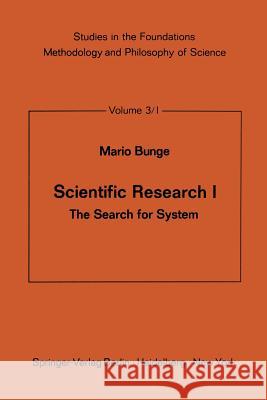Scientific Research I: The Search for System » książka
topmenu
Scientific Research I: The Search for System
ISBN-13: 9783642481376 / Angielski / Miękka / 2012 / 536 str.
Kategorie:
Kategorie BISAC:
Wydawca:
Springer
Seria wydawnicza:
Język:
Angielski
ISBN-13:
9783642481376
Rok wydania:
2012
Wydanie:
Softcover Repri
Numer serii:
000221396
Ilość stron:
536
Waga:
0.76 kg
Wymiary:
23.39 x 15.6 x 2.84
Oprawa:
Miękka
Wolumenów:
01











